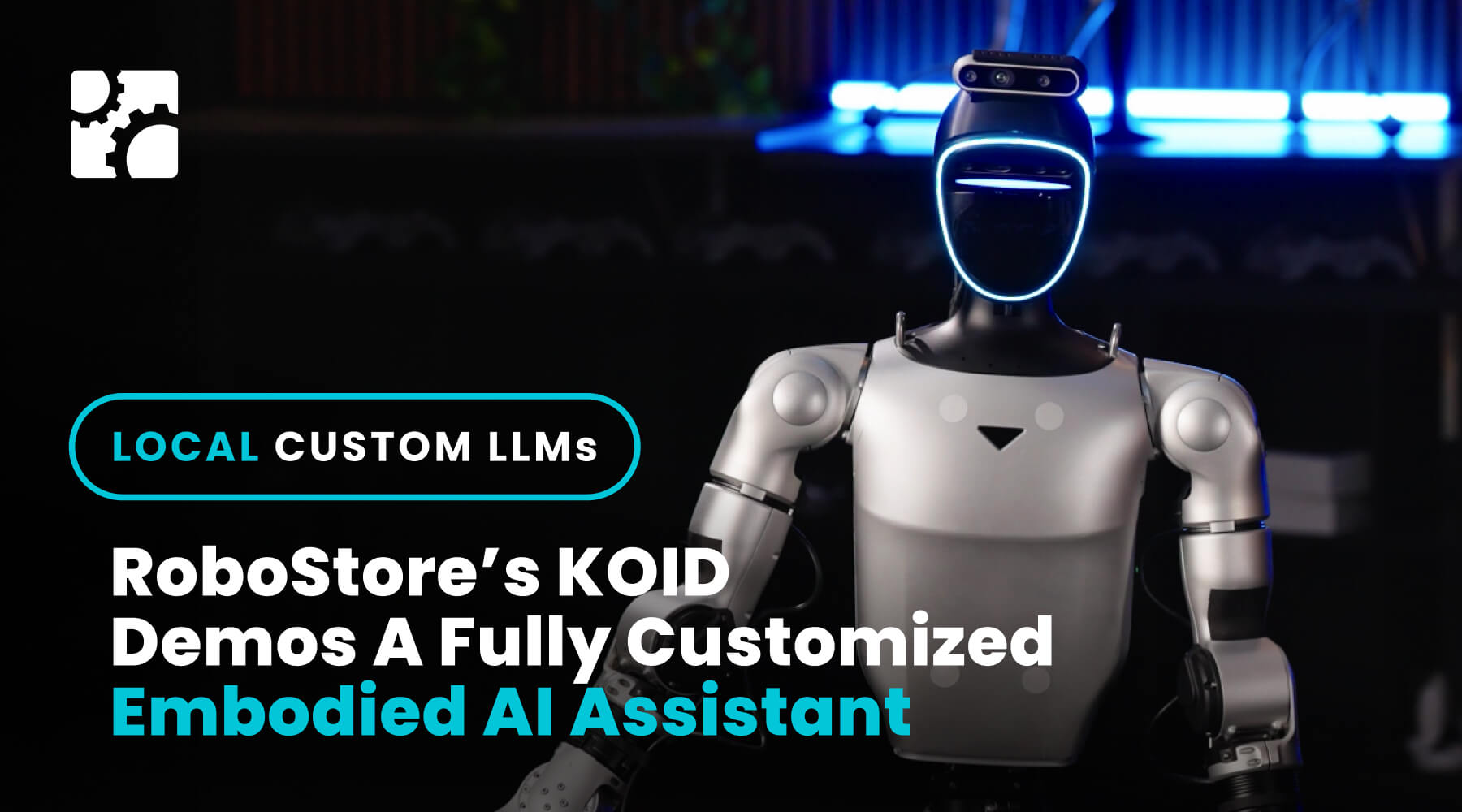As healthcare systems worldwide face unprecedented pressures—aging populations, staff shortages, and rising patient volumes—researchers are turning to a powerful solution: humanoid robots.
A Technical Study of Humanoid Surrogates for Dexterous Medical Interventions (arXiv:2503.12725v1), conducted by UC San Diego, explores how advanced humanoid robots like the Unitree G1 could reshape frontline medical care.
Why Hospitals Need Humanoid Help
From emergency departments to rural clinics, healthcare facilities are stretched thin. There’s a pressing shortage of clinicians, long wait times, and entire regions with little to no access to specialized care. While surgical robotics and medical automation have seen major strides, they are typically single-purpose, rigid, and confined to controlled environments. This study aims to go further—investigating how humanoid robots with human-like dexterity can directly perform a range of clinical procedures.
The Study: Redefining What Robots Can Do
Researchers designed a bimanual teleoperation system for the Unitree G1 humanoid, outfitted with Inspire Gen4 hands and cutting-edge hand pose tracking using multi-camera systems and AI-powered re-targeting (WiLoR). The system enables clinicians—or even trained technicians—to remotely guide the robot’s hands using HTC Vive trackers, webcams, and foot pedals for nuanced control.
The robot was tested across seven core medical procedures, showcasing its versatility:
- Physical Exams: Performed auscultation using a digital stethoscope and replicated Leopold maneuvers on a maternal simulator.
- Emergency Interventions: Demonstrated bag-valve mask ventilation, endotracheal intubation, and tracheostomy.
- Precision Tasks: Executed ultrasound-guided injections and suture throws.
Quantifiable Success, Measurable Potential
The results are promising:
-
-
Bag-Valve Mask (BVM) Ventilation: Achieved 90% accuracy in tidal volume delivery, outperforming human consistency in ventilation intervals.
-
Ultrasound-Guided Injection: 70% success rate even with non-clinician operators—nearly double that of untrained medical students.
-
Suturing: Achieved 86.3% success in suture throws, despite hardware limitations.
-
In particular, the robot’s ability to control force precisely using impedance control enabled safe interaction with sensitive medical tools and patient simulators.

Fig. 2: Operator interface for teleoperating the humanoid robot, featuring HTC Vive trackers, foot pedal inputs, and AI-driven hand pose matching for real-time robotic control.
Image credit: Soofiyan Atar et al., Humanoids in Hospitals, arXiv:2503.12725v1 (2025), UC San Diego. Source: arXiv:2503.12725v1
Key Technical Innovations
- Virtual Spring-Damper Control - Enabled synchronized bimanual manipulation for delicate tasks like mask placement and needle insertion.
- Pre-Configured Grasp Templates - Allowed quick and accurate tool handling under variable hand poses.
- Force-Controlled Cutting and Insertion - Critical in procedures like tracheostomy, where millimeter precision and tactile feedback are paramount.
A Vision for the Future of Robotic Medicine
This study does more than prove feasibility—it lays the groundwork for next-gen robotic integration in clinical workflows. Imagine a future where humanoids assist in rural clinics, triage in emergency departments, or provide precision support in high-risk surgeries. They won’t replace doctors, but they will extend the reach, resilience, and responsiveness of healthcare systems worldwide.
As technology matures, clinical trials, AI-assisted autonomy, and real-world deployments will be essential. But one thing is clear: humanoid robots are no longer science fiction—they’re stepping into the ER.
This article is based on the IEEE technical study (arXiv:2503.12725v1).
For all robotics, visit UnitreeAmerica — your source for the future of intelligent machines.








Share:
Go2 EDU Robot – Advanced Sensors, 4D LiDAR, and AI Computing
Why Now Is the Time to Invest in Robotics for Education and Industry